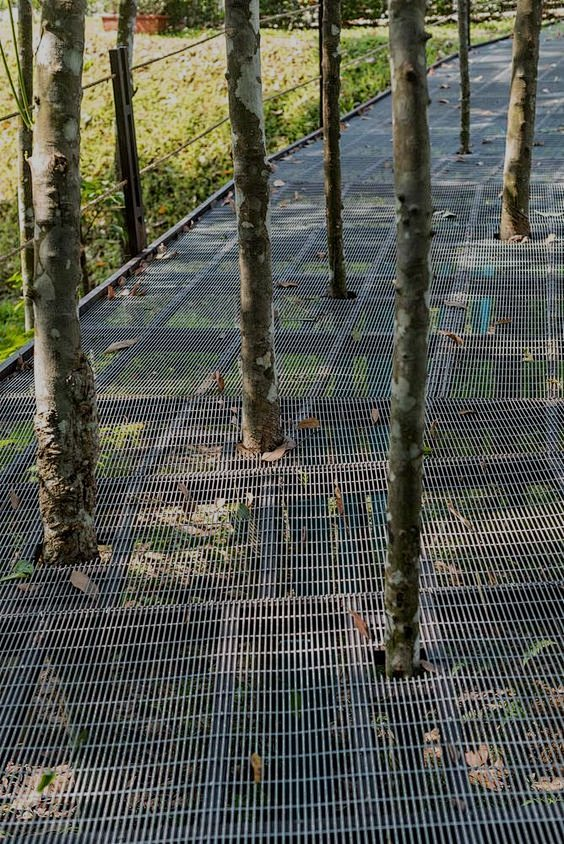
1. Improved Load Distribution
· Mechanism: Geogrids spread applied loads over a larger area of soil. By doing so, they reduce the stress on any single point and distribute the load more evenly.
· Benefit: This reduces the risk of localized failure and increases the overall stability of the infrastructure, whether it’s a road, retaining wall, or slope.
2. Increased Bearing Capacity
· Mechanism: Geogrids reinforce soil by interlocking with soil particles, which increases the soil’s shear strength and bearing capacity.
· Benefit: This allows structures to support heavier loads and reduces the need for extensive ground improvement or more expensive foundation solutions.
3. Reduced Settlement and Deformation
· Mechanism: By reinforcing the soil and reducing deformation, geogrids help prevent excessive settlement over time, which can occur due to compression or other stresses.
· Benefit: This leads to more stable and durable infrastructure, minimizing maintenance needs and prolonging the lifespan of the structure.
4. Enhanced Stability of Slopes and Embankments
· Mechanism: Geogrids provide lateral support to slopes and embankments, helping to prevent slippage and collapse.
· Benefit: This is particularly important in areas with steep grades or loose soils, where stability is a concern.
5. Improved Pavement Performance
· Mechanism: Geogrids are used in the base or subbase layers of pavements to prevent the mixing of different layers and to reinforce the structure.
· Benefit: This reduces rutting and cracking in pavements, leading to longer-lasting and more resilient road surfaces.
6. Cost Savings
· Mechanism: By improving the performance of soil and reducing the need for additional materials or deeper foundations, geogrids can lower overall construction costs.
· Benefit: This makes projects more economically viable and efficient.
7. Enhanced Erosion Control
· Mechanism: Geogrids stabilize soil and prevent displacement, making them effective for controlling erosion in channels, embankments, and other vulnerable areas.
· Benefit: This reduces soil loss and helps maintain the integrity of the surrounding environment.
8. Ease of Installation
· Mechanism: Geogrids are relatively simple to install compared to some traditional reinforcement methods.
· Benefit: This can reduce construction time and labor costs, leading to faster project completion.
9. Versatility in Various Soil Conditions
· Mechanism: Geogrids can be used in a wide range of soil types and conditions, adapting to different project needs.
· Benefit: This versatility allows for their application in diverse engineering projects, from highways and railways to retaining walls and landfills.
10. Sustainable Construction Practices
· Mechanism: By extending the lifespan and reducing the need for frequent repairs, geogrids contribute to more sustainable construction practices.
· Benefit: This leads to less resource consumption and environmental impact over the life cycle of the infrastructure.
In summary, geogrids significantly enhance infrastructure by improving load distribution, increasing bearing capacity, reducing settlement, and providing better stability and erosion control. Their cost-effectiveness, ease of installation, and adaptability make them a valuable tool in modern construction and engineering projects.
Please give us a message
Shangang Metal Group. specializes in providing a comprehensive range of infrastructure and construction materials designed to meet modern engineering needs. Our products are essential for various industries, including civil engineering, environmental protection, and infrastructure development.
NAVIGATION




